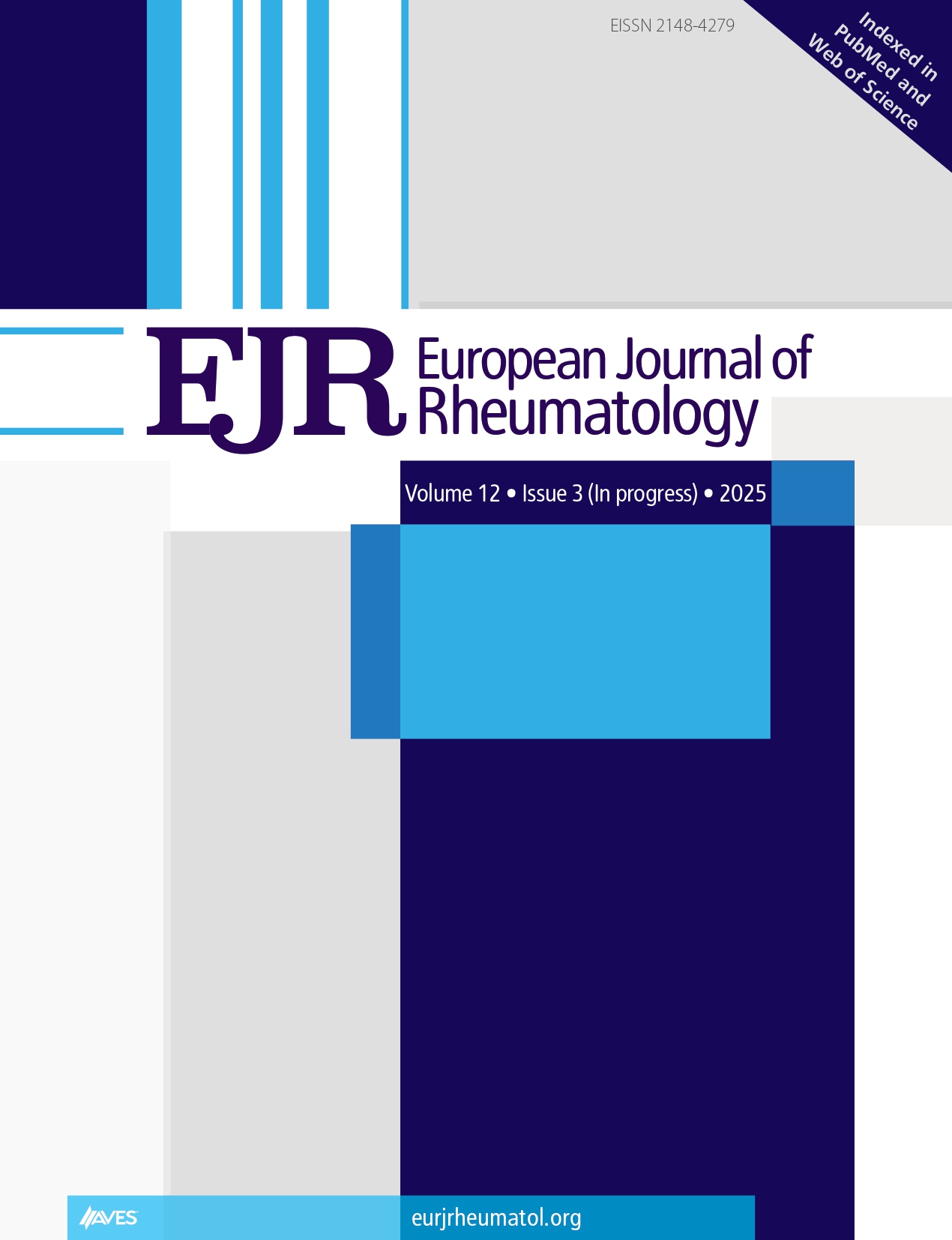
Experience of the Administration of First Dose IV Zoledronate at Queen Elizabeth Hospital
Main Article Content
Abstract
Background: Osteoporosis affects nearly 3 million people in the UK, with bisphosphonates forming the mainstay of treatment. While the side effect profile of zoledronate is well-documented, adherence to prescribing guidance and specific population outcomes warrant further investigation. Our objectives were to assess whether zoledronate was prescribed correctly in accordance with guidance and evaluate the side-effect profile with attention to demographic variables.
Methods: A retrospective analysis of 68 patients receiving their first dose of zoledronate at Queen Elizabeth Hospital, Birmingham (QEHB), between January and December 2021. Strict inclusion and exclusion criteria were applied. Patient records were reviewed for adherence to guidance, including pre-infusion checks and indication for treatment. Side effects were documented through postinfusion questionnaires. This timeframe was selected to capture a full year of prescribing patterns and ensure consistency in available data.
Results: Among 68 patients (13 males, 55 females; age range 28-92), 96% were prescribed zoledronate for appropriate indications. Vitamin D was checked in 93%, and 100% underwent dual-energy X-ray absorptiometry (DXA) scans. However, only 16% had Fracture Risk Assessment Tool (FRAX) scores calculated. One patient received the infusion despite an estimated glomerular filtration rate < 35 mL/min. Side effects were reported in 37%, primarily bone/joint pain. Statistical analysis did not find a significant correlation between age, sex, or ethnicity and side-effect frequency (P > 0.05). Age appeared to influence post-dose symptoms, with older patients experiencing fewer side effects. Ocular symptoms were reported in 2 cases, and details of these were analyzed. South Asian females reported a higher incidence of side effects, but this observation remains exploratory due to the small sample size.
Conclusion: This audit has shown that zoledronate is being prescribed in accordance with guidance at QEHB. Treatment is offered after systematic checks of biochemical parameters. However, the low rate of FRAX score calculation (16%) raises concerns about the completeness of fracture risk assessment. A potential explanation is the reliance on DXA scanning or clinical judgment, and a lack of transfer of information from primary care. Side effects reported are covered in patient information leaflets. Given that side effects were assessed 16 weeks post-infusion, recall bias should be considered a limitation. Further research is needed to ascertain predictors for subsequent adverse effects following infusion. Zoledronate prescription was largely in line with guidance, though notable gaps in fracture risk assessment were observed. The side effect profile aligned with existing literature, and demographic variations in adverse events should be interpreted cautiously given the sample size constraints.
Cite this article as: Sinha A, Sangha BK. Experience of the administration of the first dose IV zoledronate at Queen Elizabeth Hospital. Eur J Rheumatol. 2025, 12(3), 0141, doi:10.5152/ eurjrheum.2025.24141.

